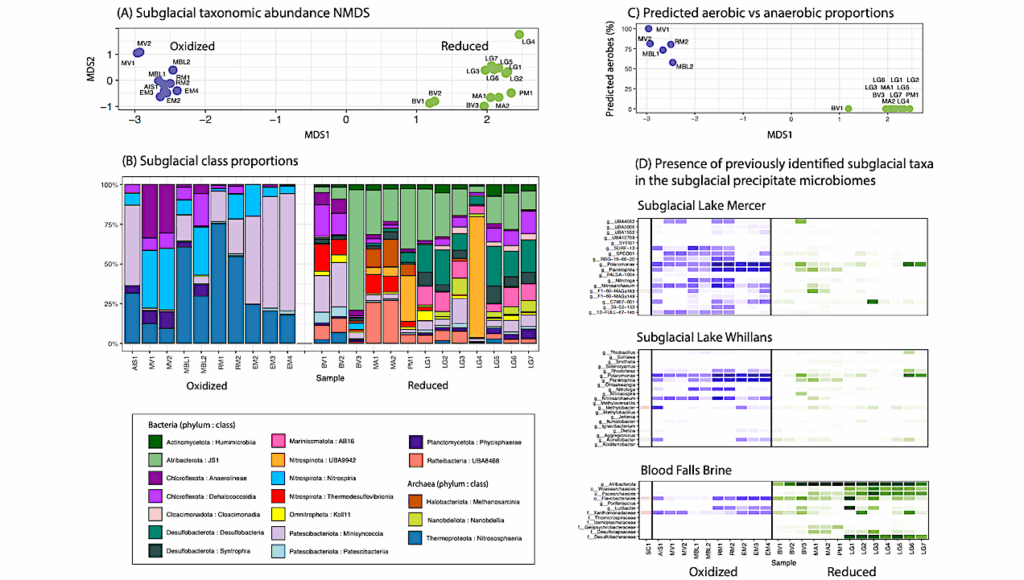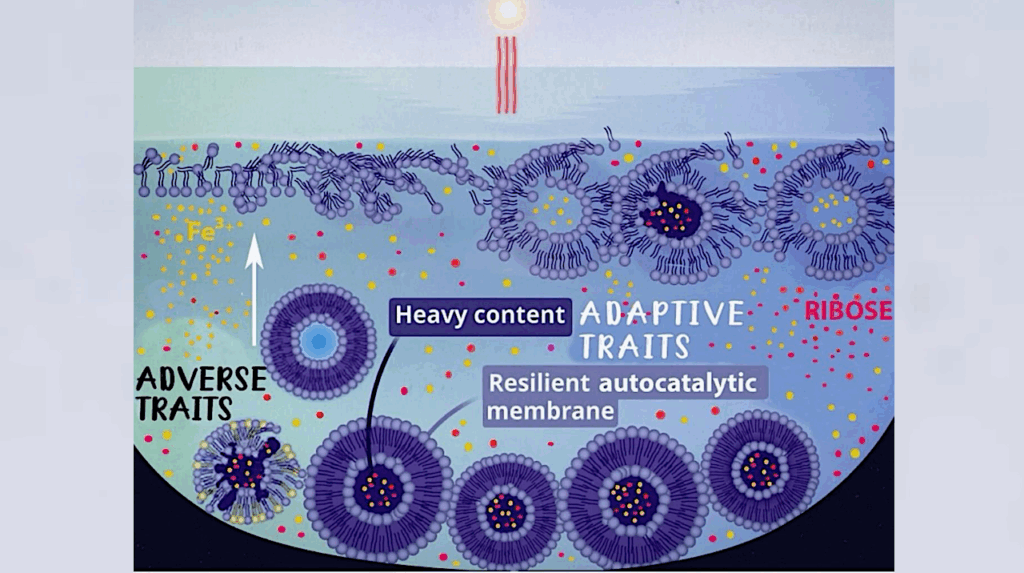Non-detection Of O2/O3 Informs Frequency Of Earth-like Planets With LUVOIR But Not HabEx

A critical question in the search for extraterrestrial life is whether exoEarths are Earth-like, in that they host life that progressively oxygenates their atmospheres roughly following Earth’s oxygenation history.
This question could be answered statistically by searching for O2 and O3 on exoEarths detected by HabEx or LUVOIR.
The point of this paper is to compare the ability of HabEx and LUVOIR to prevent a false negative answer to this question, in which we do not detect O2 or O3 on any planet even if all exoEarths are Earth-like. Our approach is to assign O2 and O3 values drawn from Earth’s history to a distribution of detectable exoEarths and determine whether O2 and O3 would be detectable using the Planetary Spectrum Generator.
We find that if exoEarths tend to be Earth-like, we expect to detect O3 with a LUVOIR-sized instrument. We also find that LUVOIR is unlikely to have a false negative scenario in the context of searching for Earth-like life on its targeted exoEarths. Because of that, if LUVOIR does not detect O2 or O3 on any exoEarths, we will be able to constrain the maximum number of exoEarths that could be Earth-like. In contrast, we find that even if all exoEarths are Earth-like, HabEx has up to a 22% chance of not detecting O2 or O3 on any of them.
This is because HabEx will detect less planets and cannot reliably detect O2 and O3 at all potential Proterozoic levels. This is a strong argument for building a larger telescope such as LUVOIR if we want to determine whether exoEarths tend to be Earth-like.
Jade H. Checlair, Benjamin P.C. Hayworth, Stephanie L. Olson, Thaddeus D. Komacek, Geronimo L. Villanueva, Predrag Popović, Huanzhou Yang, Dorian S. Abbot
Subjects: Earth and Planetary Astrophysics (astro-ph.EP); Instrumentation and Methods for Astrophysics (astro-ph.IM)
Cite as: arXiv:2008.03952 [astro-ph.EP] (or arXiv:2008.03952v1 [astro-ph.EP] for this version)
Submission history
From: Jade Checlair
[v1] Mon, 10 Aug 2020 08:22:10 UTC (2,352 KB)
https://arxiv.org/abs/2008.03952
Astrobiology








